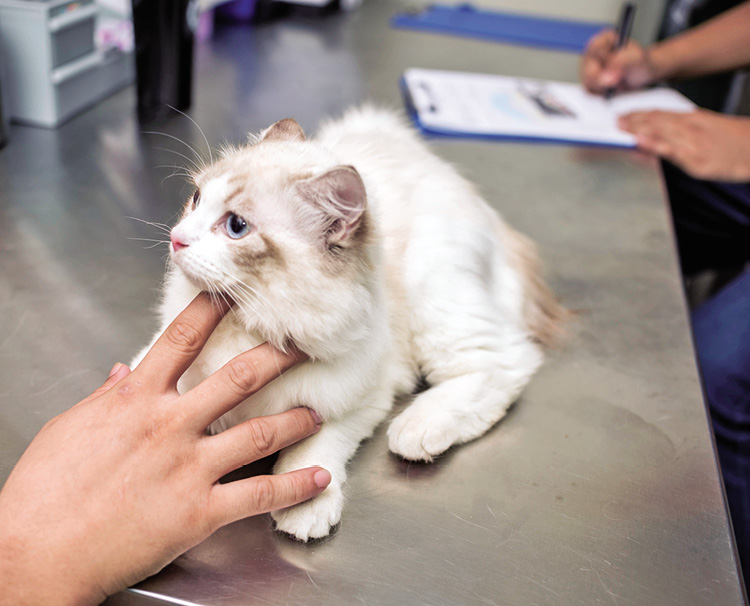The Food and Drug Administration, or FDA, announced approval of a new oral medication for diabetic cats called Bexacat (bexagliflozin). Until now, most diabetic cats required insulin injections once or twice daily on a strict schedule, with careful dietary management. Treatment was generally for life. Instead, Bexacat comes as flavored tablets to be given once daily. Cats on Bexacat no longer need, and should not receive, insulin injections.
Bexacat works by inhibiting the transport mechanism that allows your cat’s kidneys to reabsorb excess glucose, which raises the cat’s blood glucose values. With Bexacat, much of the excess glucose is eliminated in the urine. This results in much better blood glucose control, with a reported effectiveness of up to 80%. Cats on this medication will still need regular monitoring via blood work and close observation of their clinical signs.
This new drug has a few caveats, however. Cats who have received insulin as a treatment, require insulin to control their diabetes, or are receiving insulin therapy are not candidates for Bexacat. Before prescribing Bexacat, your veterinarian will need to rule out liver, kidney, and pancreatic disease. Cats who tend to accumulate ketones in their blood as a side effect of their diabetes, becoming ketoacidotic at times, should not receive Bexacat. Bexacat is not a panacea for diabetic cats, but for some cats it may be an excellent alternative to insulin injections.
Diabetes mellitus is a serious and fairly common problem of older cats. Cats with diabetes have high levels of glucose in their blood. Owners of cats with diabetes may notice increased drinking and urination, weight loss despite a good appetite, vomiting, and, in advanced cases, neurologic signs in the hind limbs.




